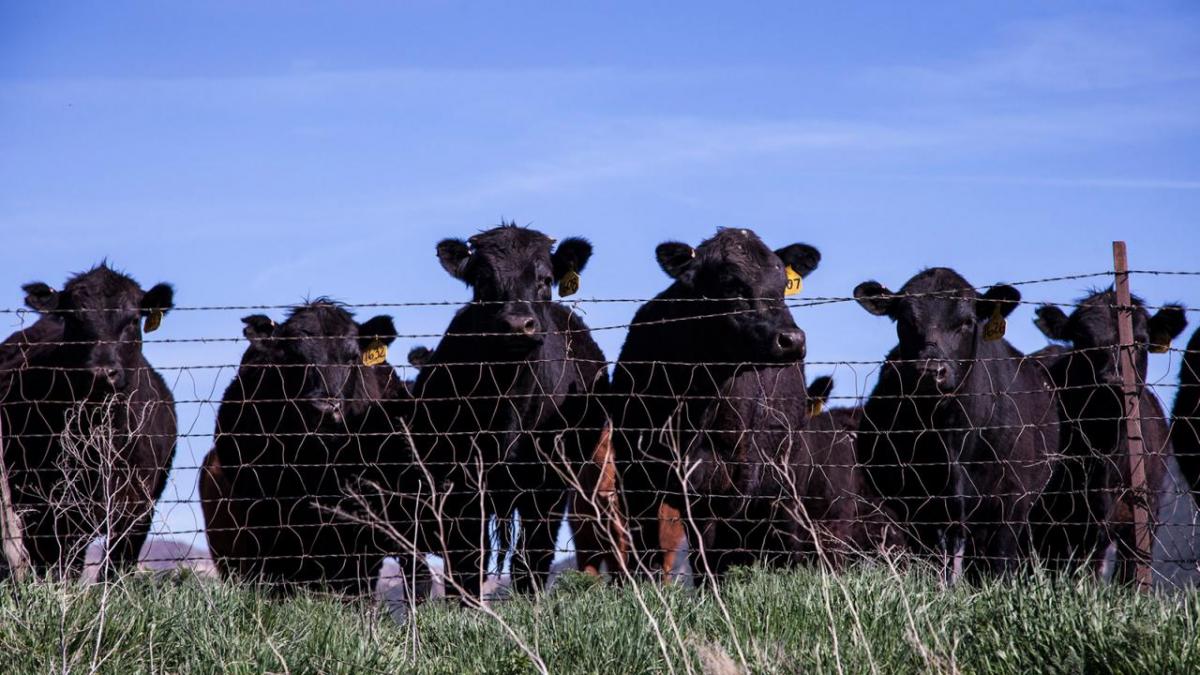This article was first published by In the Cattle Markets.
Nearby and deferred live and feeder cattle contracts settled up this past week. The nearby August feeder cattle contract settled at 138.825 up nearly $7 from the contract low 10 days ago. The nearby August live cattle contract settled at 107.000 up nearly $5 from its contact low likewise 10 days ago. While the last 10 days have been relatively positive for live and feeder cattle futures contracts, the markets are still significantly lower over the last 60 days. The nearby, and deferred, contracts for both livestock products appears to have found a bottom. This strong upward movement appears to be supported by both fundamental and technical information. Bottoming prices appears to have been driven by projected grain supplies, weather driven pasture conditions, and wholesale meat demand.
There was some market confusion about the “true” number for corn and soybean acreage reported by the USDA on June 28th. Corn acreage handily outpaced market expectations while soybeans were well below market expectations. In response and to paint a more accurate crop size and planted area, the USDA announced that it would resurvey farmers in advance of the Aug. 12 Crop Production report. While corn and soybeans may have been planted, heavy amounts of precipitation have either halting current planting intentions or flooded crops. Further complicating the message from this report are prevent plant acres. Current market commentary suggests that prevent plantings will be dramatically higher across all major corn and soybean growing states. The recent heat and humidity wave in the Midwest has provided some boost helping the new crop catch up. The weekly crop progress set to be released on Monday July 8th should tell us how much of an effect it had.
Heavy precipitation has slowed planting and crop progress but has dramatically increased pasture condition. Pastures in poor or extremely poor condition in the Midwest are 5-15% lower over the 3-year average. High quality pastures should incentivize cow-calf and stockers to retain cattle longer. Likewise, with the recent USDA announcement waiving the Nov 1st grazing requirement on prevent planting acres the summer grazing window may extend much longer this year. Both signals will likely shift how and when feeder cattle are placed in feedlots. If feedlot placements slow then this should dampen the seasonally low Fall feeder cattle prices.
Demand for feeder cattle could be further supported from increased meat demand during the summer grilling months. The grilling season in most of the country has been late and spotty at best. The heavy precipitation has discouraged outdoor grilling but the 4th of July week saw warm conditions across most of the U.S. Early reports suggest a strong amount of beef was purchased at the supermarket. Given the holiday fell in the middle of the week this may have caused a higher than average meat demand as the holiday tended to be viewed by many as a multi-day event. Perhaps this was best reflected in the Choice-Select spread widening to nearly $23 reflecting a higher demand for a premium product.
